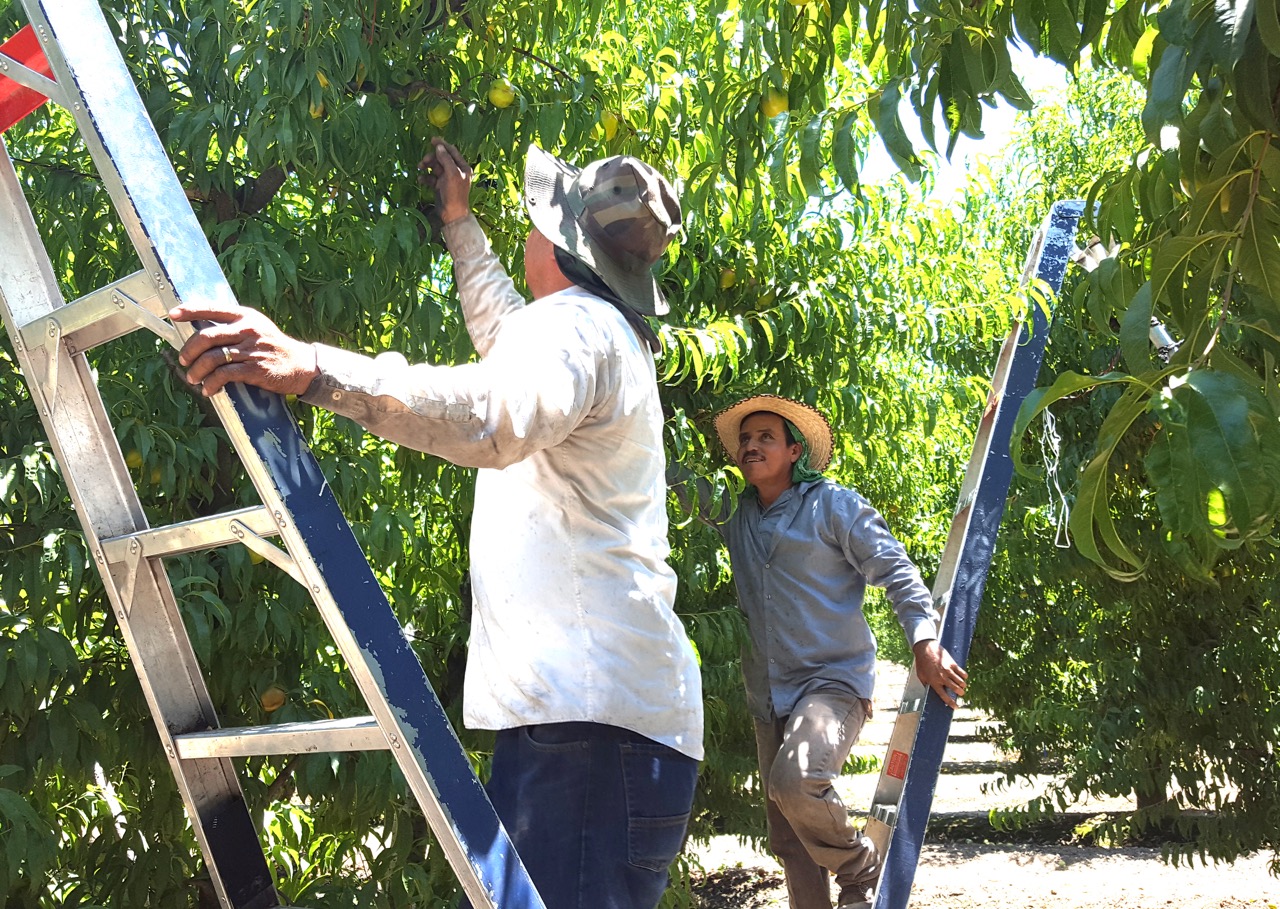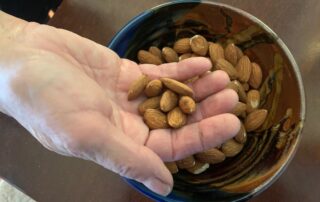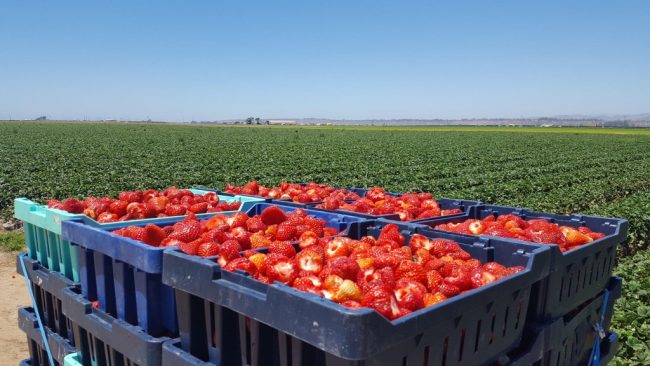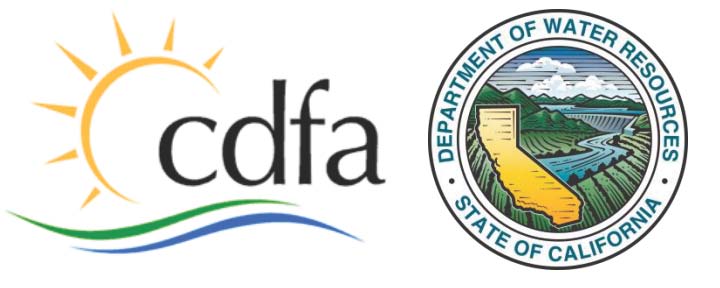CA Minimum Wage Jan 1 is $15
New Minimum Wage Starting Jan. 1 2022
By Teresa McQueen, Western Growers Corporate Counsel
Effective Jan. 1, 2022, the minimum wage in California will increase to $15 per hour for large employers with 26 or more employees; it will increase to $14 for small employers with fewer than 25 employees.
The amount for small employers will increase again on Jan. 1, 2023 to $15 per hour.
State law requires that California workers be paid the minimum wage; in addition, some cities and counties have a local minimum wage that his higher than the state rate. Employers should keep this rule in mind: When faced with conflicting employment law standards, an employer must follow the standard that is most beneficial to the employee. Review the UC Berkeley Labor Center’s detailed list of local minimum wage ordinances for additional guidance.
Agricultural employers in California should also be mindful of the continued phase-in of agricultural overtime provisions. In 2016, California initiated a plan to phase-in agricultural overtime to the same basis used in most other California industries. The multi-year phase-in schedule continues in 2022 for large employers (26 or more employees).
As of Jan. 1, 2022, a large employer must pay overtime of 1.5 times the employees’ regular rate of pay for any hours worked over 8 hours per day or 40 hours per week. This is the last phase-in for large employers. Click here for important information on calculating the regular rate of pay.
Employers are required to post information on wages, hours and working conditions at a worksite area accessible to employees. In addition, employers must ensure that the wage rate is displayed on the employee’s pay stub and that employees are paid at least the minimum wage even when employees are paid at the piece rate.
Updated wage and hour notice posters (Spanish and English) can be found on the Department of Labor Standards and Enforcement website.


















